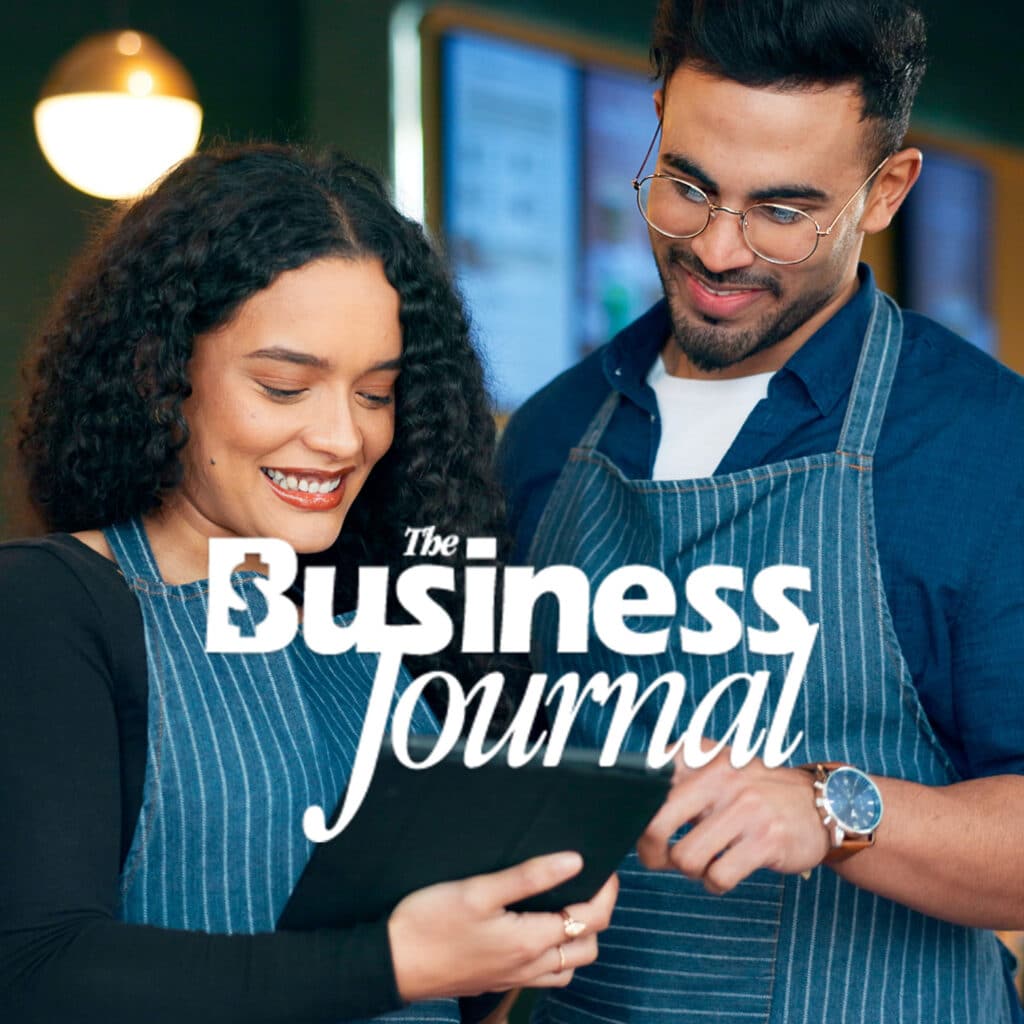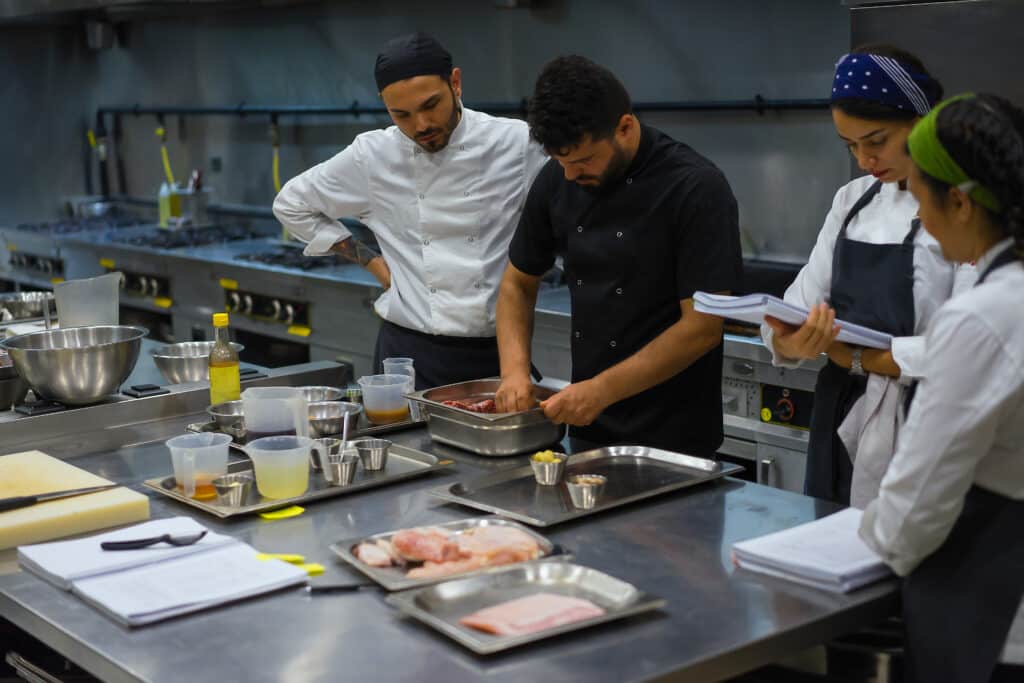Integration, Visibility, Cloud-Based Architecture and Reporting are Key According to Hospitality Technology’s 2019 Restaurant Technology Study
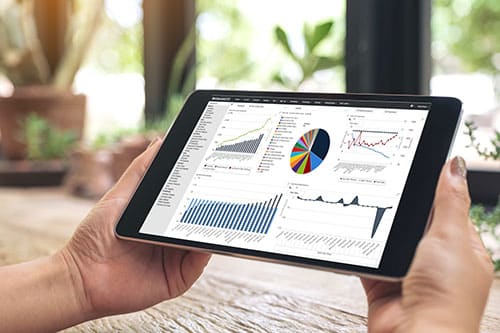
A restaurant accounting system should help restaurant businesses achieve three major goals: control food costs, optimize labor and increase revenue. Combined, food and labor are a restaurant’s most controllable costs and the complexity of restaurant inventory and labor necessitates accounting systems that can remove barriers so that operators can make data-driven decisions to save on these costs. Controlling these costs requires visibility into the numbers and integration between restaurant technology.
Tracking these costs on a daily basis and using that data to impact spending is key to the third goal: increasing revenue. Yet, according to a recent survey conducted by Hospitality Technology (HT) with support from Restaurant365, many restaurant brands do not provide adequate or appropriate technology support to the accounting-specific area of the enterprise. This results in inefficiencies and untapped opportunities.

The HT 2019 Restaurant Technology Study* found that many operators would prefer systems and software that help with the basics, such as keeping systems streamlined and giving a single view of enterprise data. The nationwide survey conducted by HT polled nationwide restaurant operators from a mix of segments, ownership models and sizes to get a sense of the current state of restaurant accounting and sentiment.
Restaurant-specific accounting in the cloud
In announcing its survey results, Hospitality Technology said, “Restaurant-specific accounting and back office software support the growth of a rapidly scaling restaurant chain. Having data in one ecosystem eliminates the need to navigate through multiple platforms, which takes time and delays impact decision making.”
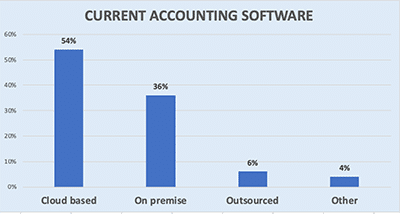
One solution for this is to have systems in the cloud. According to the study, 54% of restaurants say that their back office systems are already in the cloud or that they plan to have them in the cloud within two years. More than a quarter of restaurants (27%) said that corporate enterprise software is already in the cloud, while 51% are considering moving to the cloud.
Regarding accounting systems, 54% of respondents described their current accounting as cloud-based and 36% say they still use an on-premise system. Of those respondents that said their current system is on property – 44% are considering a move to the cloud.
Frankenstein restaurant technology
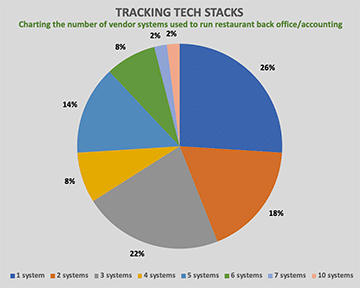
The complexity of restaurant systems has grown over the past decade as the number and types of cloud-based software solutions have increased and restaurants often find themselves “bolting on” software to existing systems to achieve specific functionality. The survey found that, on average, respondents use applications from three different vendors to run the back office. One out of three of those surveyed said they have four or more systems, while more than a quarter (26%) use five or more systems to power accounting functions.
Unfortunately, these Frankenstein systems are not integrated and do not speak to each other. Having too many systems is a top challenge for operators from national multi-unit restaurant companies in HT’s 2019 Restaurant Technology Study with 19% citing it as a primary concern.
Future-ready restaurant accounting to address pain points
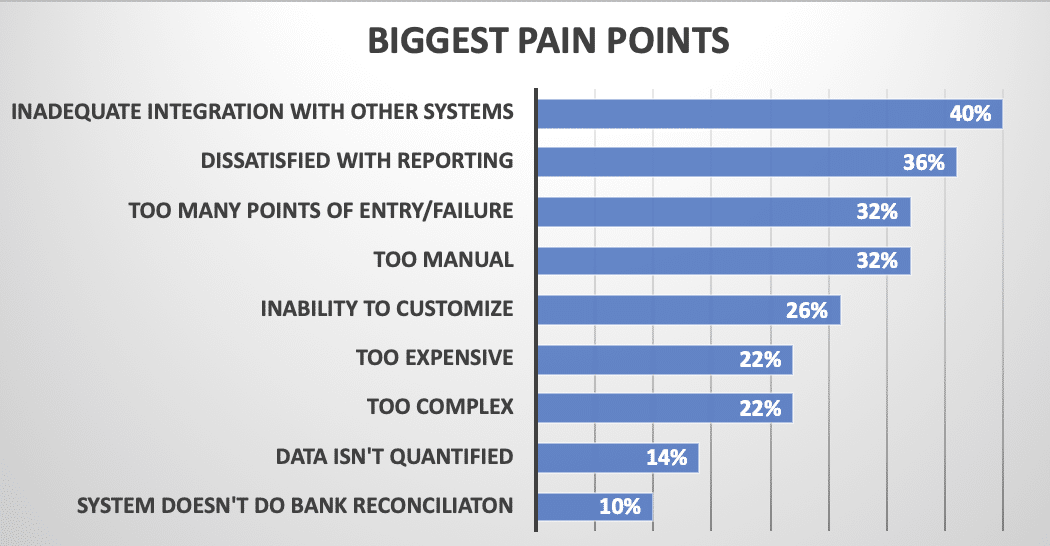
For those that are not satisfied with their accounting system, upgrades are on the horizon. Hospitality Technology asked this group to identify pain points and components of a next-gen accounting system that are non-negotiable.
Overall the greatest frustrations of operators with their current accounting systems is inadequate integration (40%) and reporting capabilities (36%), and too many disparate systems for data entry (32%).
Improving guest and business analytics is a priority for technology investments among 40% of restaurant operators. Other key objectives, according to the study, include reducing operating costs (25%), increasing employee efficiency (29%), automating services/operations (21%), and reducing disparate systems (15%).
Functionality that operators consider necessities for future accounting software purchases are driven by the need for integration and visibility. Of those considering switching restaurant accounting software, 75% say that having a cloud-based system is key, in part due to the cloud’s ability to provide a complete view of the enterprise.
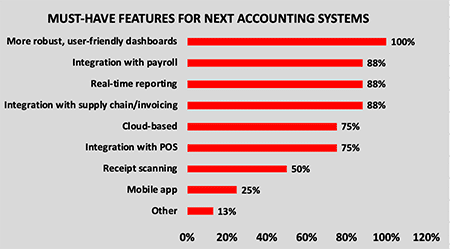
Comprehensive yet comprehensible dashboards is a requirement for 100% of operators planning accounting purchases. Being able to see data in an easy-to-understand format, as well as the availability of reports around the clock for timely action are overwhelming demands of operators in their next accounting system. Real-time reporting capabilities is a firm must-have for 88% of respondents.
Other non-negotiable items on the list include robust integration: 88% prioritize integration with supply chain/invoicing, another 88% with payroll, and 75% with POS.
Keys to future-ready restaurant accounting: cloud, integration, visibility and reporting
Restaurant accounting systems could be the key to unlocking efficiencies and cost savings for operators, provided that the right features and functionalities are deployed and leveraged. Restaurants that are ready to move away from legacy accounting methods are seeing benefits in cloud-based architecture, making integration, visibility and real-time reporting chief priorities.
There remains a great gap between the goals that restauranteurs prize in their next systems and the capabilities of their current systems. To close this divergence, restaurants must take steps to streamline systems, and work with partners to ensure seamless integrations and immediate visibility into their enterprise data.
If you’re among the majority of restaurant operators who consider cloud-based architecture, integration with other systems, visibility into enterprise data and real-time reporting the top priorities in your next restaurant accounting system, then you’ll want to check out Restaurant365.
Restaurant365 is a fully integrated, restaurant-specific accounting and back office platform. The cloud-based platform seamlessly connects to more than 70 POS system, as well as to food and beverage vendors, payroll vendors and banks. Some of the key features include automated bank reconciliation, AP automation and real-time reporting. To learn more about how Restaurant365 can help your restaurant business control food costs, optimize labor and increase revenue, visit our website.
Complete the form below to download the infographic.
* HT 2019 Restaurant Technology Study

